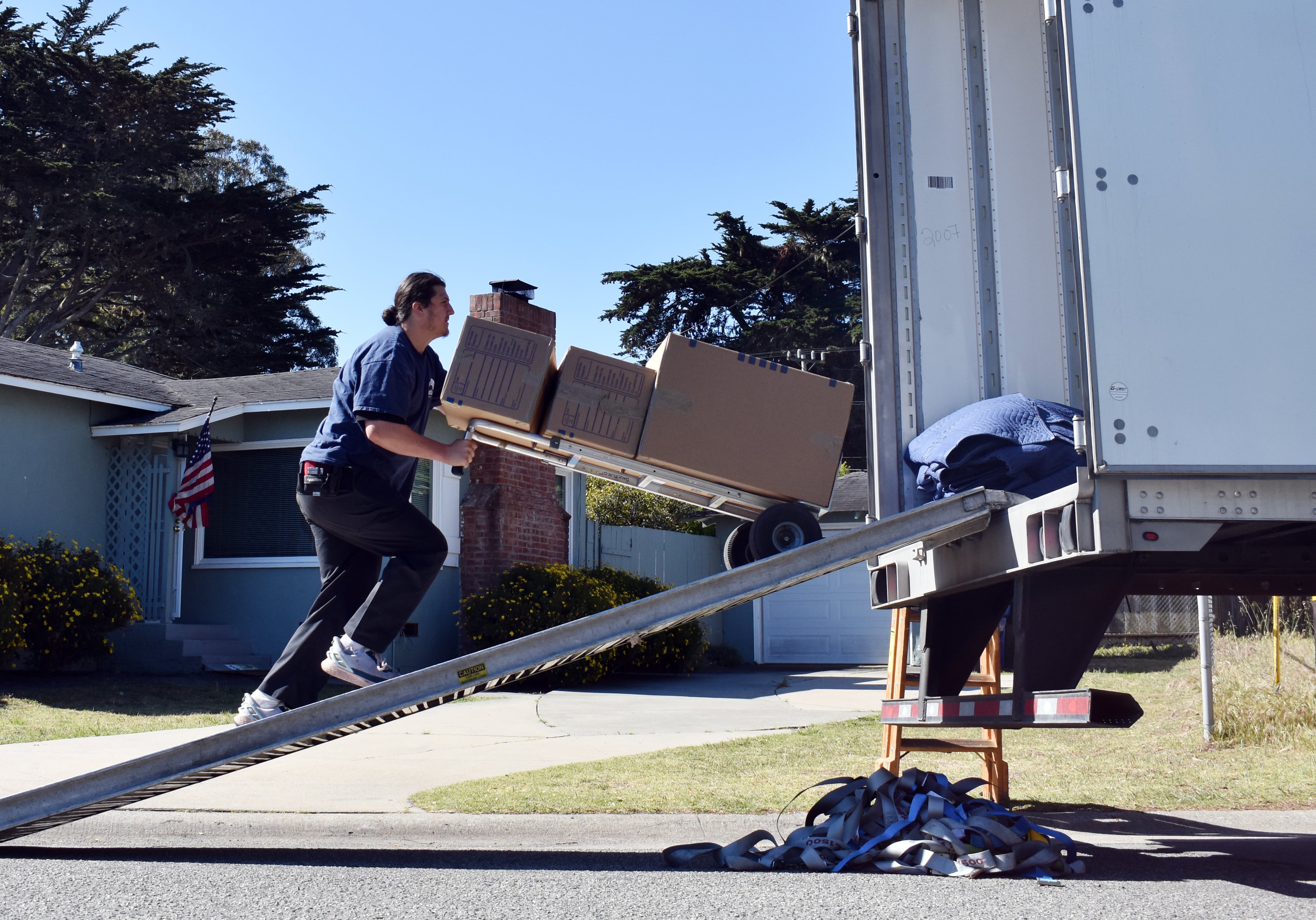WASHINGTON — In 2018, U.S. House appropriators attempted to eliminate the Defense Information Systems Agency. In 2020, the Pentagon’s combat IT support agency played a critical role in supporting the department’s rapid transition to telework in light of the COVID-19 pandemic.
Now, DISA Director Vice Adm. Nancy Norton, who led the agency through it all, is retiring after three years at the helm of DISA and a 34-year Navy career. In the last year, her agency had to prepare DoD networks for a spike in remote work, helping to roll out the Commercial Virtual Remote environment for videoconferencing, file sharing and other collaboration.
“It is pretty amazing when you think about what would have happened in 2020 if any of that had come to fruition, you know, if they had started to eliminate and dismantle some of the things that DISA does,” Norton said in her last roundtable with reporters Thursday.
Norton attributes the agency’s success at staving off elimination to doing a better job of broadcasting what exactly DISA does. With so many different missions, she said, it’s difficult to get the full picture of DISA’s responsibilities, so messaging was important.
“The most important things that we did that helped to, to prevent that from really getting traction and coming to fruition [was] ... telling our story, helping people to understand ... what we actually do,” Norton said. “DISA is what you’ve had a personal experience with, but very few people can stand back and have the full picture of the scope and scale of the missions that DISA is responsible for and how significant that is, and how almost impossible ... how difficult it would be to move many of those missions somewhere else.”
In recent years, DISA has delivered secure mobile devices to service members, became a central hub for DoD’s commercial cloud offerings, and established an enterprise email program that gave service members one email that followed them around from base to base. The agency also provides cybersecurity, spectrum, command and control services, and several other IT-related services under its $9.4 billion budget, in addition to its contracting arm.
Norton added that DISA increased its transparency to help people better understand its role. She said the agency made an effort to better explain how it works and spends resources.
“The reason why we were stood up was because we needed a joint organization to focus on joint interoperability across the services and not those unique stovepipe capabilities that are optimized for a service and a domain, but not for the joint force, which is how we fight,” Norton said.
DISA’s responsibilities have expanded further since House lawmakers tried to eliminate the agency, with the agency to become the single IT service provider for the department’s fourth estate agencies that handle business tasks. Norton said that DISA has proved itself to be a trusted partner in recent years in part because she prioritized empowering O-6s embedded with combatant commands and other DISA mission partners to be the agency’s “forward face.” The effort helps partners better understand DISA’s capabilities and lets the agency learn more about their needs.
“It’s a constant loop of ‘What are your requirements? What are the capabilities that we can deliver? How do we get that better? How does this feed into your effectiveness?’ And so that’s what’s really been important,” Norton said.
Air Force Lt. Gen. Robert J. Skinner took over Friday as the new director.
Andrew Eversden covers all things defense technology for C4ISRNET. He previously reported on federal IT and cybersecurity for Federal Times and Fifth Domain, and worked as a congressional reporting fellow for the Texas Tribune. He was also a Washington intern for the Durango Herald. Andrew is a graduate of American University.





